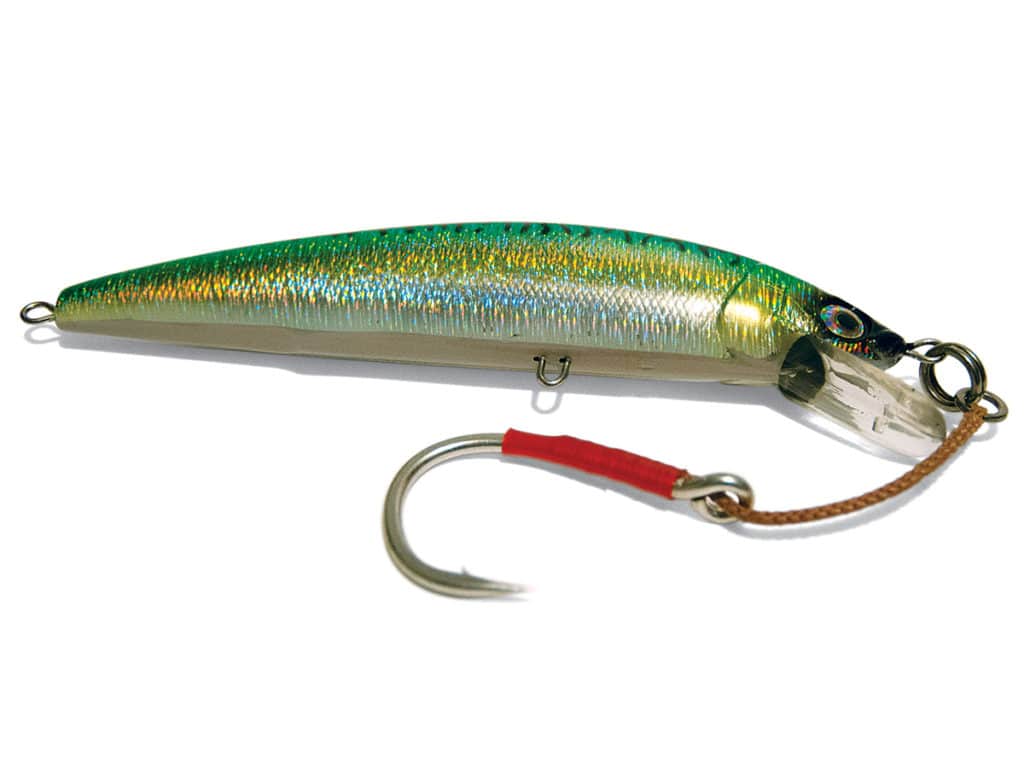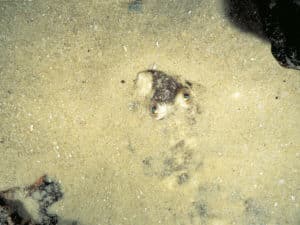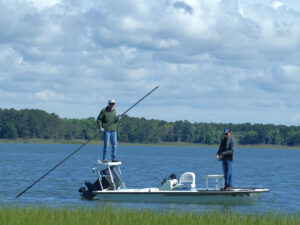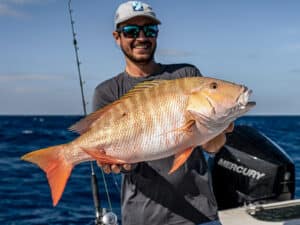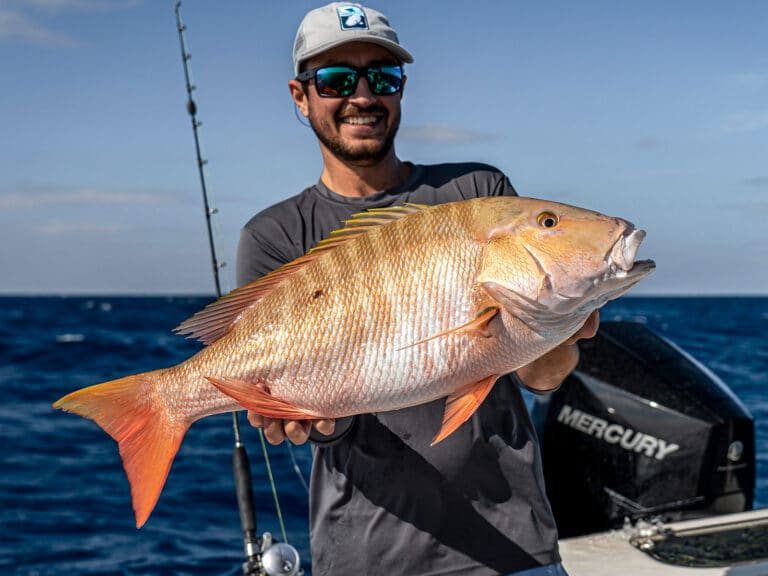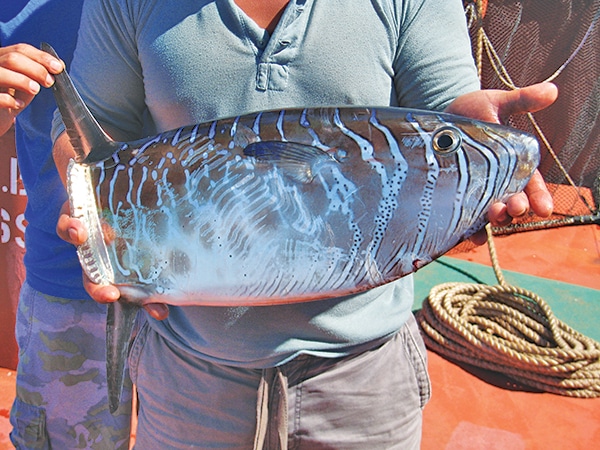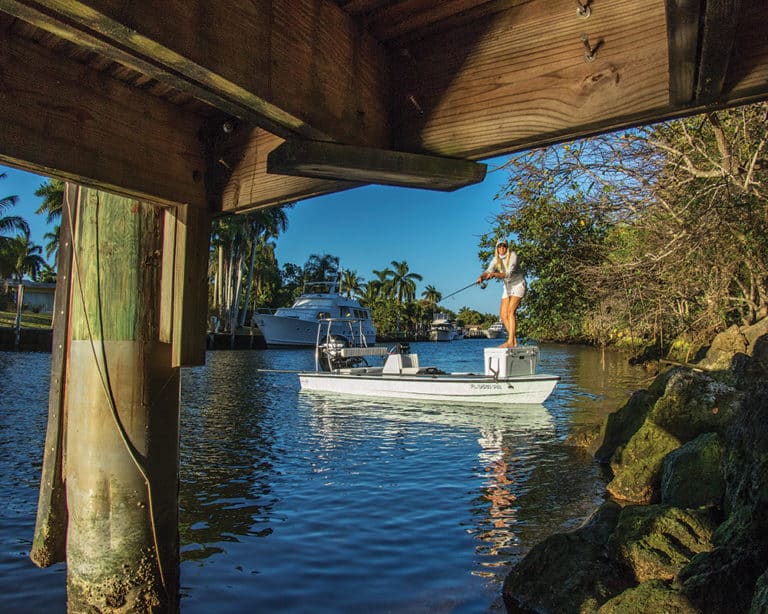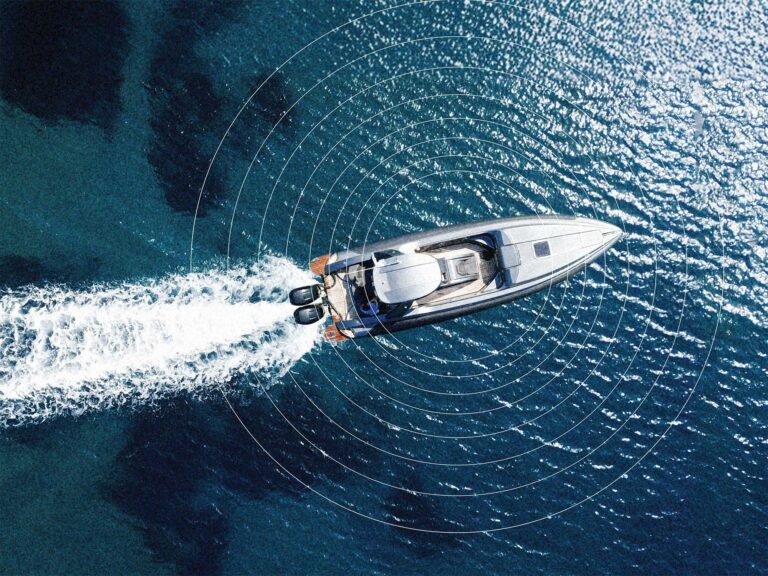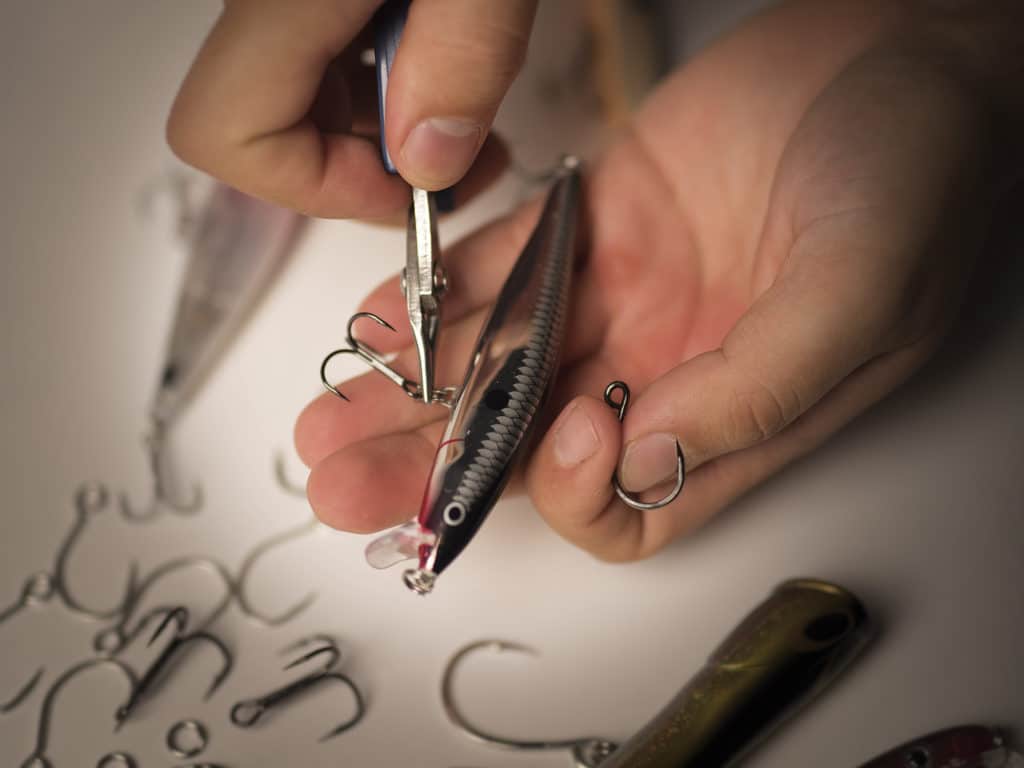
Perfecting Your Plugs
During a hot seatrout bite years ago along an Indian River Lagoon shoreline, I realized I had to start modifying my hard baits. The trout were biting on every cast, favoring dark-green lipless twitchbaits, and many of the specks were swallowing the plugs deep.
Gut-hooking a trout destined for the fish box isn’t a problem, but I was fun fishing, and tired of performing time-wasting surgery with needle-nose pliers to safely remove treble hooks. That day I committed to finding alternatives to factory trebles.
I don’t fault lure companies for selling lures with two or three trebles — it’s their job to make sure lures hook fish. But do you use your smartphone, computer or even your truck as it was when shipped from the factory?
Or do you modify the products to your needs after purchasing them? Experts adjust their hard baits for an easier, more productive time on the water. Consider some of their useful mods for inshore and offshore situations.
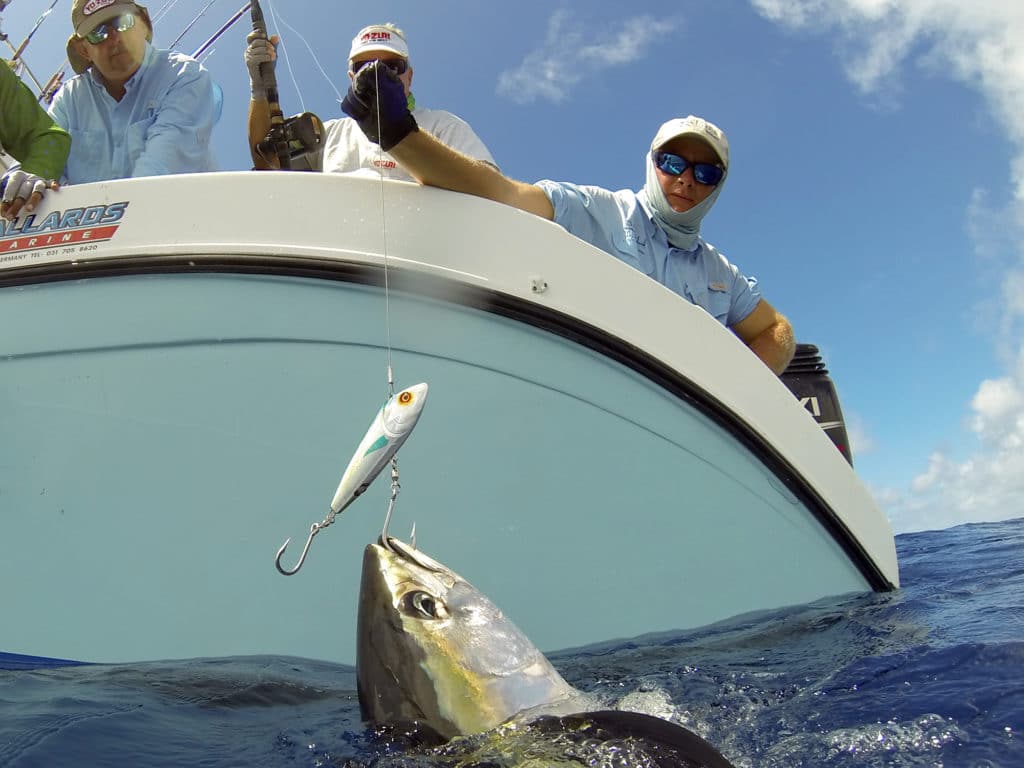
Single-Hook Club
One efficient and eco-friendly option calls for replacing trebles with in-line single hooks, manufactured by companies such as VMC, Owner and Mustad. A large single hook is much more difficult than a treble for a fish to throw.
“The larger wire diameter of the single hook is much stronger than a typical treble hook’s wire,” says Capt. Jim Ross, a VMC pro staffer from Rockledge, Florida, “giving the angler an advantage in strength and allowing him to use more drag pressure without straightening hooks.”
Yet the impetus for one major hook company to produce in-line single hooks was pesky, thick weeds, not necessarily increased strength. “Anglers down in the lower Laguna Madre fish the heavy grass in the summers,” says Viet Nguyen, customer relations manager with Owner America. “Fishing trebles was impossible, so they would throw weedless topwater frogs or replace hard-bait trebles with ringed live-bait hooks.”
Owner started manufacturing in-line hooks so anglers didn’t have to add an extra ring to position the hook point upright, like a keel. VMC Hooks also produces an in-line for plugs, called the VMC ILS (in-line single hook). In 2015, Mustad added its own UltraPoint in-line single hook. Owner offers its in-line hooks in sizes 6 to 9/0, VMC in 1/0 to 7/0, and Mustad in 1/0 to 8/0.
“With the newer style of in-line singles, lures actually have better action than with a treble hook,” says Ross. “I believe this is the result of single hooks having less surface area and drag in the water than comparable trebles.”
Forcing the eye in line with the rest of the hook makes it much easier to hook fish, explains Nguyen. “Anglers no longer need to use a ringed hook. Instead, replace a treble with an in-line hook using your split-ring pliers. I use the in-line hooks when fish are striking hard baits energetically. The hooks are great for catch-and-release too.”
Besides offering easier releases and better functionality in grass, in-line singles also offer a safety factor. “I’ve definitely noticed anglers catching more big tuna, or other species that go wild in the boat, like cobia, using the in-line hooks,” says Nguyen. “They don’t want all those barbs flying around in the cockpit.”
By offering in-line hooks that are factory-rigged to specific plugs, some hard-bait manufacturers eliminate any need to swap out hooks. Williamson’s Popper and Surface Pro lures, Shimano’s Pop Orca 150, and Yo-Zuri’s Sashimi Bonita all utilize single hooks.
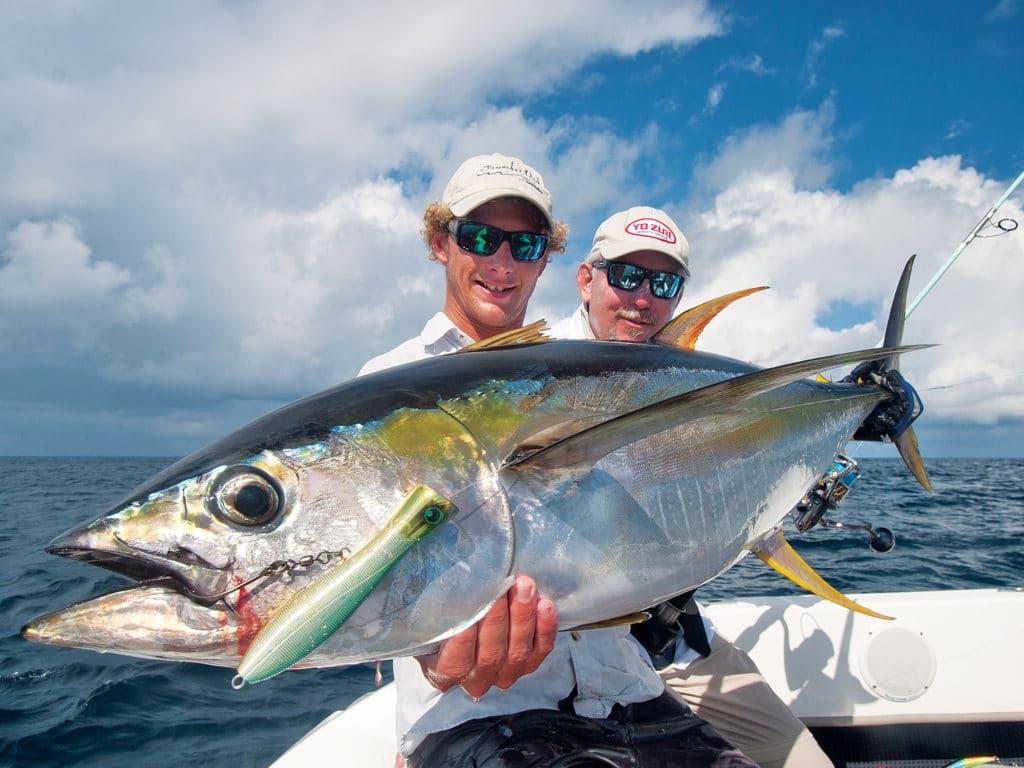
Heavy Modification
When considering plug modifications, particularly for big game, anglers must ask themselves a few questions: What are the target species and how do they feed? Will anglers keep or release the target species? How big are they? The answers can help determine how to modify your hard baits.
“With the advent of super lines, and advancements in the strength, durability and performance of jig-and-pop-style rods and reels, anglers are asking even more from their artificial baits,” explains Rhode Island-based Capt. Jack Sprengel, who regularly targets big fish on poppers.
He prefers lures with heavy-duty through-wire construction.
“Tunas, trevally, jacks and even large snapper are well-known for their ability to destroy even the most well-made lures, with little more than their bite strength and dental attributes,” says Sprengel. “I can’t tell you how many high-end plugs I’ve had come back to the boat with straightened paper clips.”
To beef up his plugs, Sprengel first adds durable Owner Hyper Wire or Spro Power split rings in the appropriate size. “Typically, the best size is 7 to 11, depending on the plug and hooks being attached,” he says. “To these, we attach massive [vacuum-tinned finish] trebles like Owner’s Stinger ST-66s or ST-76s. This combo of hook and ring is standard for my crew while targeting most big-game species, like the smaller tunas under 100 pounds that we intend to keep.”
For species that he’ll release, such as giant trevally or large cubera snapper, Sprengel recommends super-sharp, barbless Gamakatsu 24 GT Recorder treble hooks.
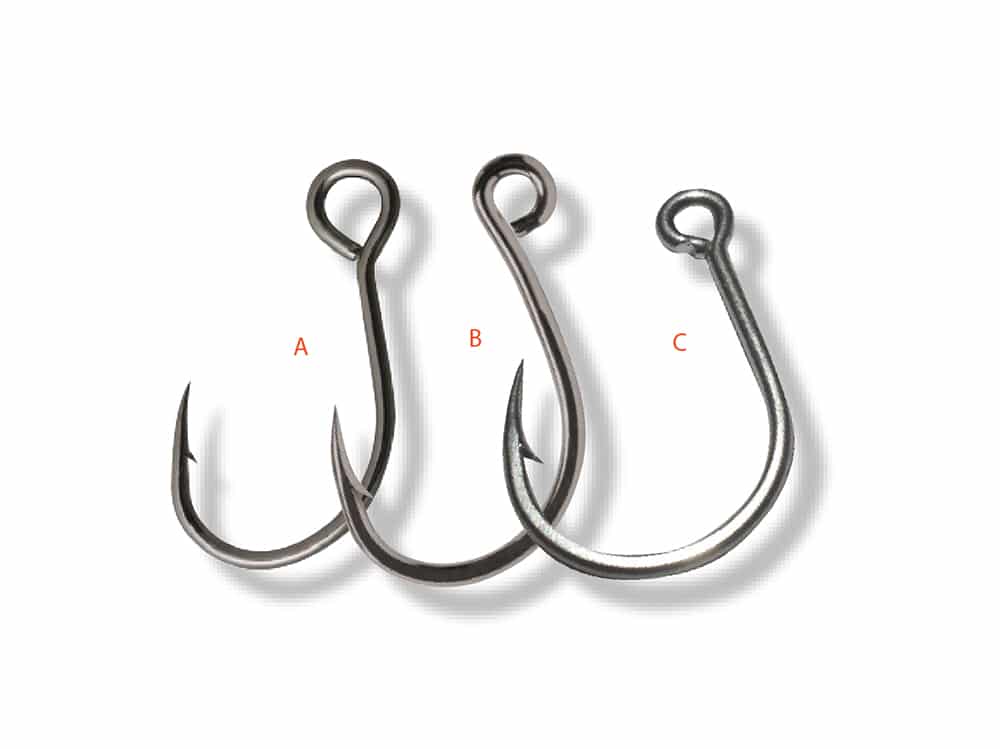
Pinch the Barb
“I mash down the barbs on all my hooks, whether I’m casting jigs, plugs, spoons or flies,” says Capt. Bob LeMay, a South Florida-based captain who specializes in shark and tarpon fishing. “I’ll only keep the barbs on my offset circle hooks intact when targeting tarpon with cut or live bait, mostly to keep the bait on the hook.” LeMay has been to the hospital on two different occasions for hook-related puncture incidents, so now he debarbs his hooks for self-preservation, he says.
The skipper specializes in fishing Everglades waters during the day, casting red-and-white plugs such as the Bagley Mullet and Bomber Long A to tarpon in 10 to 15 feet of water. “Pinching the barbs down on the hooks is the equivalent to ‘greasing up’ a hook,” he says. “I’m certain it’s easier to get a hook set into a tarpon.”
LeMay removes the first treble hook on his Long A (favoring the ⅞-ounce model), and replaces the rear treble with a No. 1 Owner 4X Stinger treble. “Replacing the rear treble turns a plug that only stays hooked momentarily into a bait that really sticks for the entire fight.”
Kevlar Assist
In some cases, either for added strength or short-striking fish, Kevlar-rigged assist hooks can be attached to hard baits via a solid ring attached to a split ring.
“I take a page right out of the vertical-jigging book,” says Capt. Jack Sprengel. “Attach your hookless lure to a split ring. To that, attach a 300- to 500-pound solid ring with a Kevlar cord and assist hook.”
The hook trails back along the lure naturally while it’s worked. Or it can be secured in place with a breakaway system via small zip ties, rubber bands or light rigging floss.
“When the fish takes the presentation, it’s attached to a large assist hook and heavy solid ring for the fight,” Sprengel explains. “The plug dangles carefree, out of the way, avoiding any stress or failure of the lure.”
